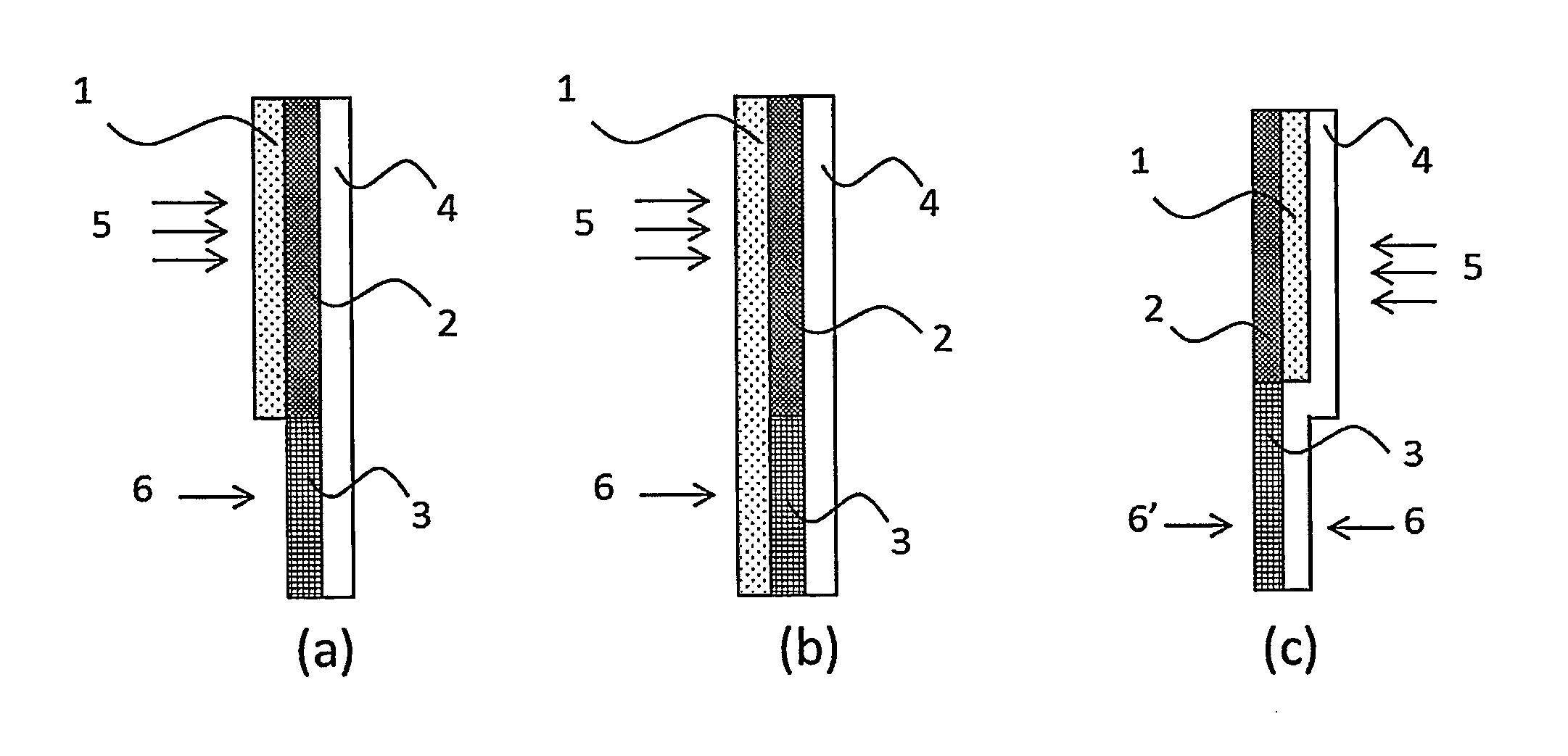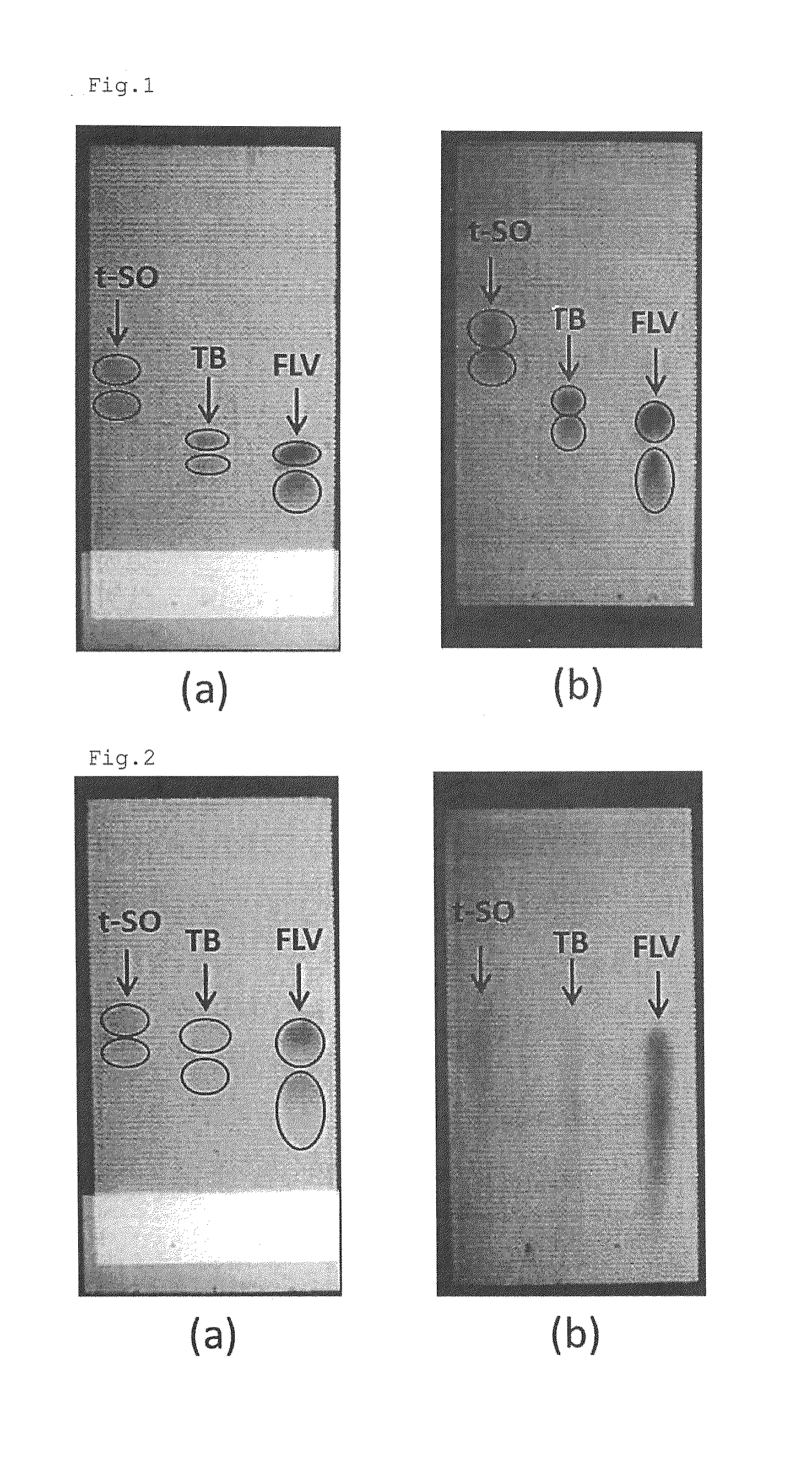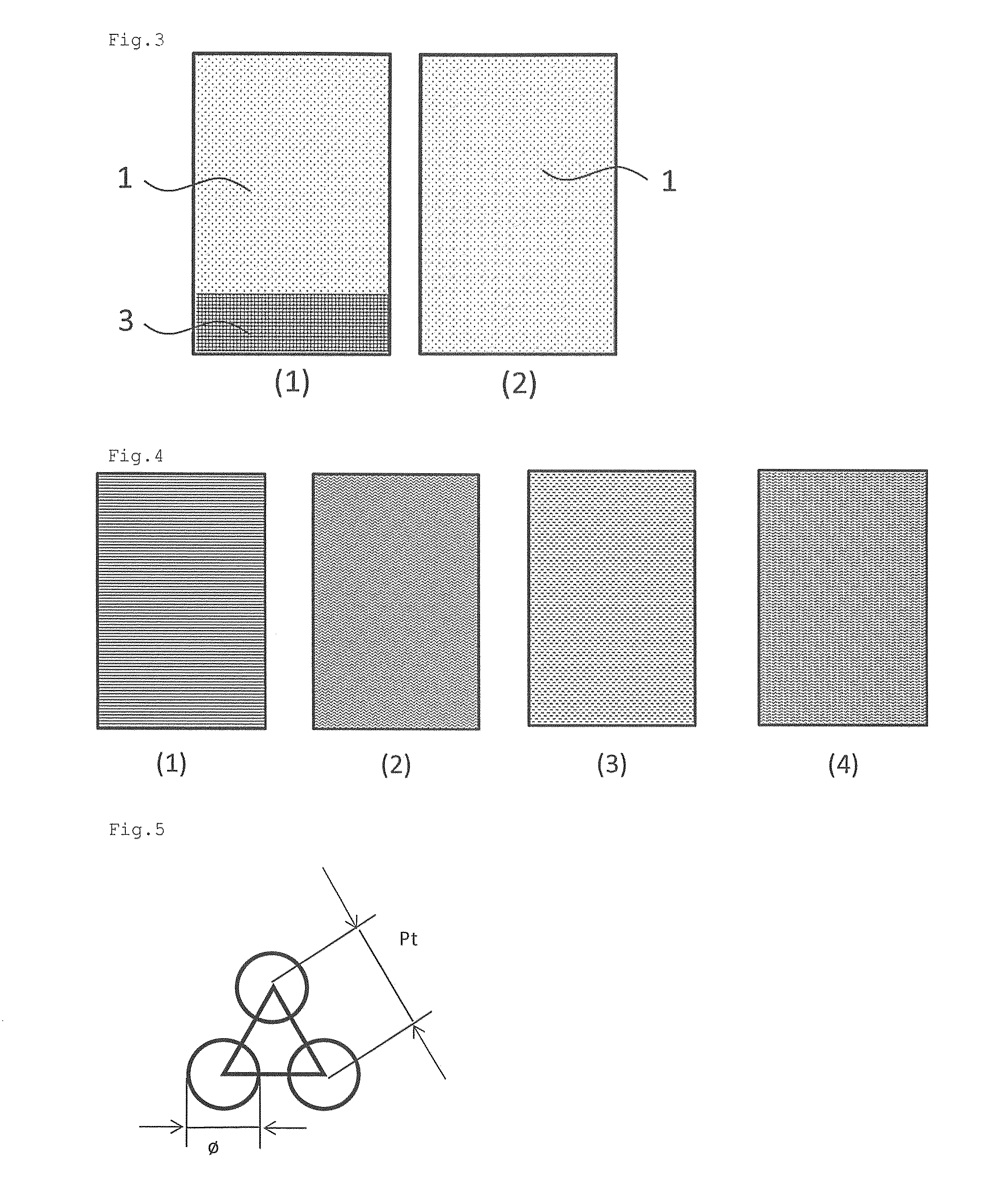Chromatographic medium
- Summary
- Abstract
- Description
- Claims
- Application Information
AI Technical Summary
Benefits of technology
Problems solved by technology
Method used
Image
Examples
example 1
[0183]Firstly, a first slurry was prepared by adding 3.00 g of a Chiralpak IA (registered trademark) manufactured by Daicel Corporation (“IA Filler”), 0.45 g of gypsum, 3.00 g of an aqueous solution containing 2% of 1110 grade CMC (carboxymethyl cellulose, manufactured by Daicel Corporation) and 0.45 g of an aqueous solution containing 20% of Snowtex C (manufactured by Nissan Chemical Industries, Ltd.) to a mixed solution containing 0.30 g of water and 1.20 g of ethanol, and then stirring vigorously while irradiating with ultrasonic waves.
[0184]In addition, a second slurry was prepared by adding 2.00 g of silica gel (IR-60-5 / 20-U, liquid chromatography grade manufactured by Daiso), 0.10 g of gypsum, 3.00 g of an aqueous solution containing 2% of 1110 grade CMC (carboxymethyl cellulose, manufactured by Daicel Corporation), 0.02 g of a manganese-containing zinc silicate, and 0.30 g of an aqueous solution containing 20% of Snowtex C (manufactured by Nissan Chemical Industries, Ltd.) to...
example 2
[0194]Optical isomers of the trans-stilbene oxide, Tröger's base and flavanone in the sample were developed in the direction of development of the TLC plate 1 using the same procedure as that used in Example 2, except that a TLC plate 2, which was prepared using the same raw materials and procedure as those used for TLC plate 1 prepared in Example 1, was used and methanol was used as the developing solution. Next, the Rf value, k′ value and α value for each spot was determined in the same way as in Example 1 from the position at which the sample was applied on the permeation layer, the position reached by the developing solution and the position of the center of the spot. The results for these optical isomers are shown in Table 2.
PUM
| Property | Measurement | Unit |
|---|---|---|
| Diameter | aaaaa | aaaaa |
| Diameter | aaaaa | aaaaa |
| Length | aaaaa | aaaaa |
Abstract
Description
Claims
Application Information
 Login to View More
Login to View More - R&D
- Intellectual Property
- Life Sciences
- Materials
- Tech Scout
- Unparalleled Data Quality
- Higher Quality Content
- 60% Fewer Hallucinations
Browse by: Latest US Patents, China's latest patents, Technical Efficacy Thesaurus, Application Domain, Technology Topic, Popular Technical Reports.
© 2025 PatSnap. All rights reserved.Legal|Privacy policy|Modern Slavery Act Transparency Statement|Sitemap|About US| Contact US: help@patsnap.com



